Siem Reap & Beyond: 7 Top Places in Northwest Cambodia
Ancient temples hidden in the jungle, crumbling ruins on mountain tops, colorful lakeside villages, vibrant floating markets, scenic waterfalls in untouched national parks – Cambodia’s northwest has a lot to offer beyond Siem Reap.
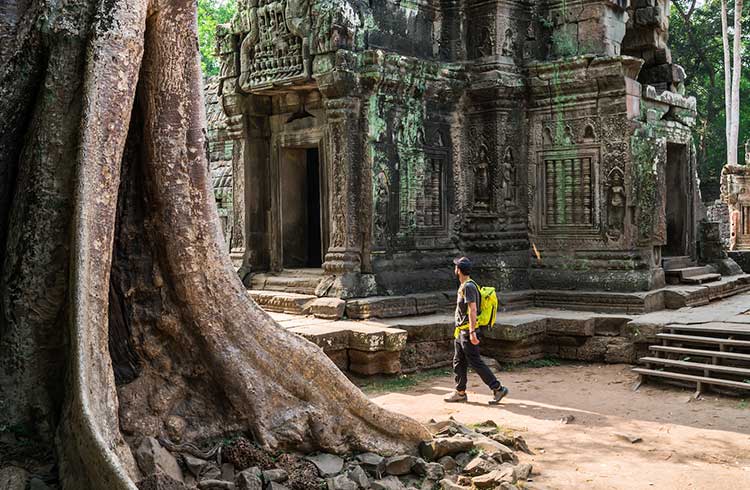 Photo © Kelly Beckta - World Nomads Travel Photography Scholarship
Photo © Kelly Beckta - World Nomads Travel Photography Scholarship
- Siem Reap and beyond
- Battambang
- Banteay Chhmar
- Prasat Preah Vihear
- Phnom Kulen National Park
- Kompong Thom
- Skuon
Siem Reap and beyond
The thriving city of Siem Reap is home to a lot more than the temples of Angkor Wat. It is often the jump-off spot for most visitors to the Kingdom, who use the city as a home base to explore the nearby city of Battambang or to take a day trip to visit the stilted villages and floating markets on Tonle Sap.
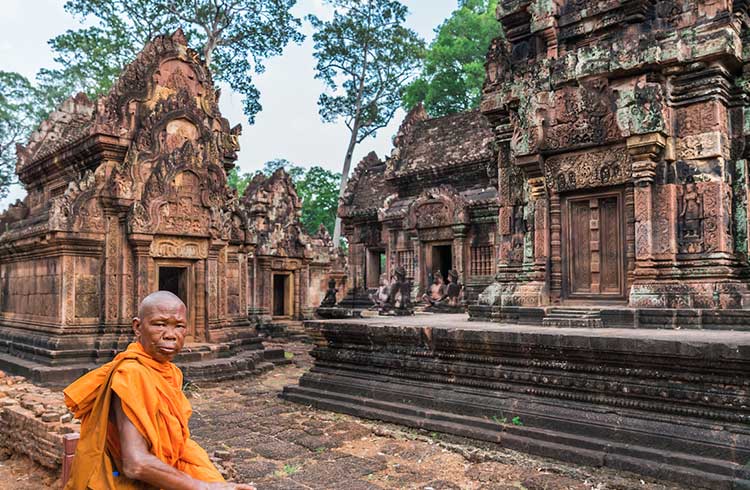
There are also several other Angkorian temple complexes nearby, including Koh Ker and Beng Mealea, where the ancient ruins lie shrouded in lush jungle. Although you may have to hire a car or Tuk Tuk to get out of the city, once you’re there you can explore these long-abandoned temples in peace, walking in the footsteps of great kings from years gone by.
In Siem Reap, try a cooking class, many of which include exploring the vibrant food section of the central market and learning more about the unique ingredients and flavors that make up Cambodian’s most well-known dishes, such as amok and
If cooking and eating is your jam, check out the local food tours, where you go on a night-time culinary adventure through the city and sample an array of traditional and local delicacies.
There are also plenty of cycling tours available through the countryside and city, which take in the beautiful French-era architecture, rice paddies, and rural villages, and you can learn about local industries, including palm wine and basket weaving. You can organize these locally, or just rent bikes for the day and go on a self-navigated adventure.
If that’s not exciting enough, no visit to Siem Reap would be complete without a trip to the Phare Cambodian Circus, the kingdom’s breathtaking and gravity-defying take on Cirque du Soleil.
Battambang
Three hours southwest of Siem Reap, Battambang is a laid-back riverside city with plenty of preserved historical buildings, where French villas meet Art Deco and traditional Chinese shop houses, and a vibrant art and food scene. The artistic capital is home to a wealth of art galleries and studios, and a variety of unique and inspired social enterprise cafes, bars, and restaurants.
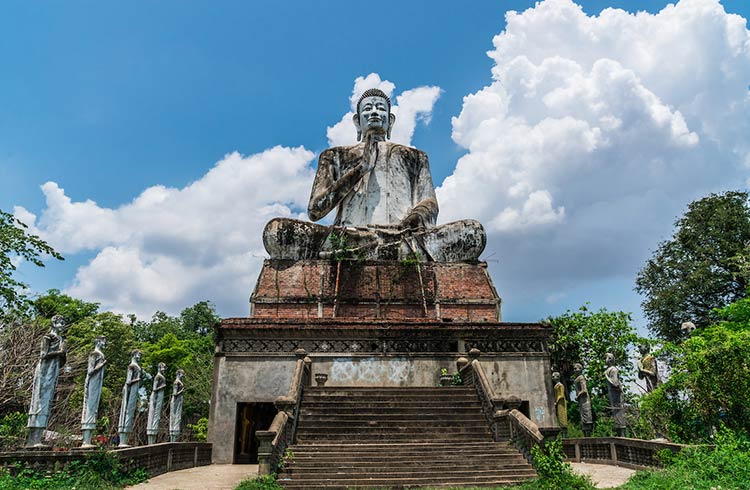
For many visitors, the city’s highlights lie outside its walls. The fertile countryside is perfect for exploring on two wheels, or hurtling through on the rustic bamboo train; a small bamboo platform attached to a go-kart engine that speeds along a specially built railway track through the rice paddies.
Other highlights include a visit to Wat Banan, a small but picturesque Angkorian-era temple at the top of a seemingly-endless flight of stairs, and Phnom Sampeau, a mountain-top temple that sits alongside the Killing Caves, the former Khmer Rouge execution site that offers a chilling reminder of the country’s dark past.
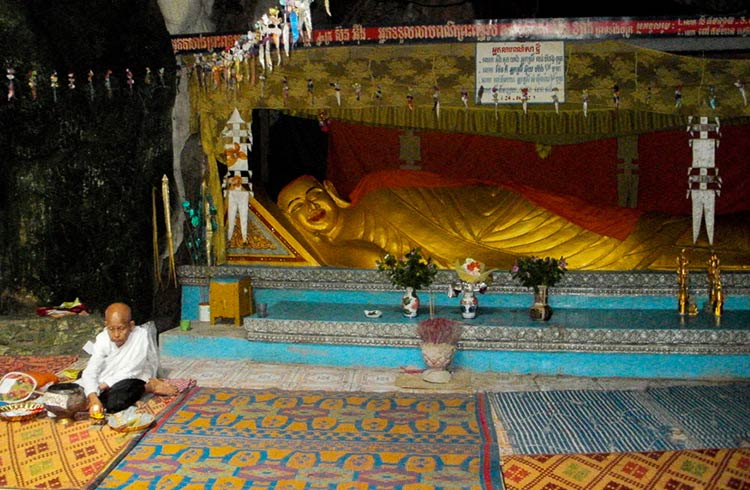
Hiking up the mountain is well worth it for some of the best vistas in the region. On the way back down, don’t miss the Bat Caves, where every day at dusk thousands of bats fly out of the caves, forming unique patterns in the sky.
It’s easy to get to Battambang by bus from Siem Reap, Phnom Penh, Sihanoukville, or even from Bangkok, where you can grab a taxi or hop on a different bus once you cross the border.
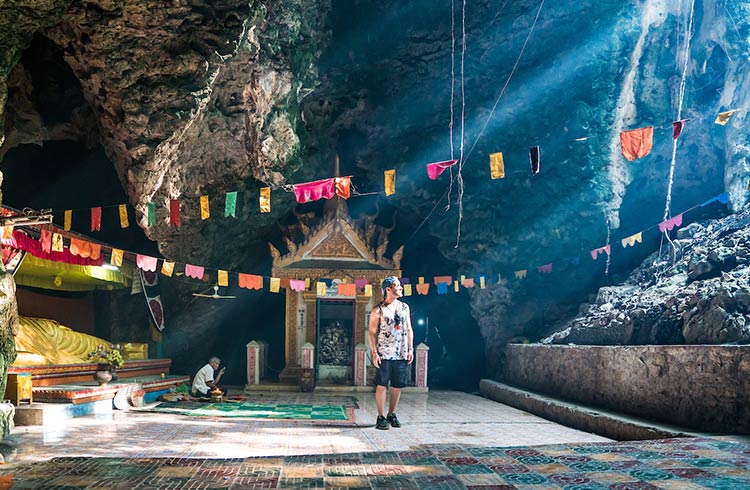
Banteay Chhmar
Deep in the heart of northwest Cambodia’s jungles, the ruined temples of Banteay Chhmar are slowly being overgrown by strangler figs and forest. An ancient city with carvings that once rivaled that of Bayon and Angkor Wat, Banteay Chhmar is one of the country’s least explored and most fascinating historical sites, but its relatively inaccessible location means only the most intrepid explorers might capture a glimpse of this mysterious temple complex for themselves.
To get there, you can hire a taxi from Siem Reap for around
Prasat Preah Vihear
One of the most unique and beautiful Angkor-era temples in the region, the previously remote Prasat Preah Vihear (the temple in the clouds) is now just a two-and-a-half-hour drive from Siem Reap.
Built atop a rocky cliff face, this unique temple has been the sight of active skirmishes between the Thais and the Cambodians since the early 20th century and is now home to an entire army encampment, who
Due to escalating violence from 2008 to 2011, you can no longer stay around the temple, but accommodation can be found in nearby Sra’Aem, a small military town about 18 miles (30km) away.
Phnom Kulen National Park
Located in the Cardamom Mountains between Prasat Preah Vihear and Siem Reap, Phnom Kulen National Park is a sight of historical importance as the place where Jayavarman II (founder of the Khmer Empire) declared himself King of Kings in 802 AD. There are several uniquely fascinating ruins, including the Terrace of Sdach Kamlung – a small brick temple which was once covered in lava – several Buddha statues dating from the 16th century, and an ancient carved riverbed known as the ‘Valley of a Thousand Lingas’.
For those looking to escape the heat of Siem Reap, the national park is also home to some of the region’s most picturesque falls – such as Phnom Kulen Waterfalls, and crystal clear rivers that are perfect for cooling off in the middle of the jungle. Best of all? Even though it’s only an hour out of Siem Reap, it’s still not really on the radar of tourists, so you’re likely to have most of this spectacular national park all to yourself.
Kompong Thom
About halfway between Siem Reap and Phnom Penh, Kompong Thom is a slightly dusty and unassuming provincial capital, and the jump-off point to one of the most interesting historical sites in the country, Sambor Prei Kuk. Just a 45 minutes’ drive from the city, Sambor Prei Kuk is the ancient capital of the Chenla Kingdom, pre-dating Angkor Wat by 400 years. I’d recommend hiring a local guide to explore this fascinating temple field so you can see the best temples, as many of the most picturesque and interesting ones are hidden by vines and set back in the jungle.
There are a variety of good accommodation and transport options in Kompong Thom, and those looking to stay a few days can also take boat trips along the Stung Sen river or go on a motorbike tour through the local villages, where you’ll see ox carts and fishermen going about their day, unchanged for centuries.
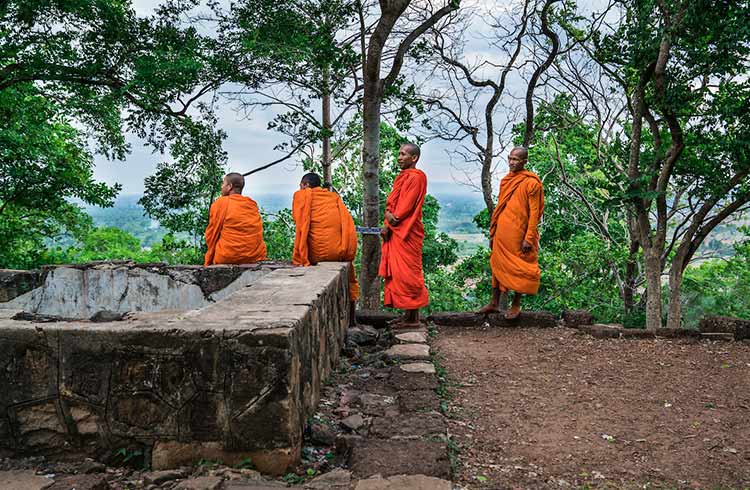
Skuon
Following the road from Cambodia’s northwest back into Phnom Penh, you can also choose to jump off at the highway crossroads town of Skuon to sample one of the kingdom’s more unusual delicacies, a-ping (deep-fried tarantulas). It is thought that people originally started eating the spiders out of necessity during the Khmer Rouge era, but that over the years they have become more of a treat, and are now bred in holes in the ground and foraged from nearby forests.
There is a little market where the roads converge. Here you can find many stalls specializing in a-ping (palm-sized spiders tossed in MSG, sugar, salt, and crushed garlic and then fried until crispy), along with a myriad of other insects, like grubs and scorpions fried with chili and other local herbs, and a variety of slightly more palatable options like fresh fruits and fried noodles.
Related articles
Simple and flexible travel insurance
You can buy at home or while traveling, and claim online from anywhere in the world. With 150+ adventure activities covered and 24/7 emergency assistance.
Get a quote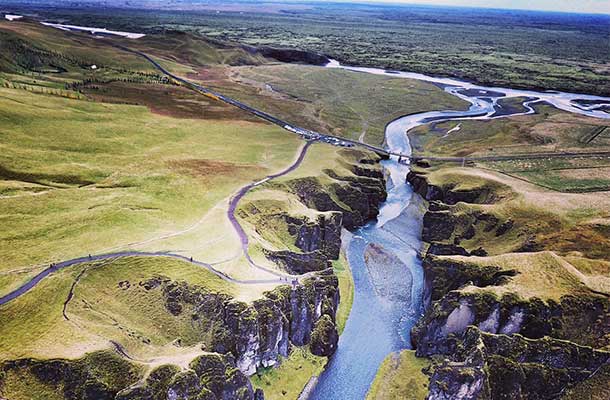
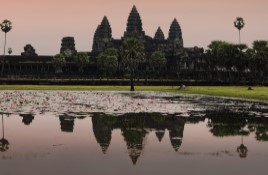
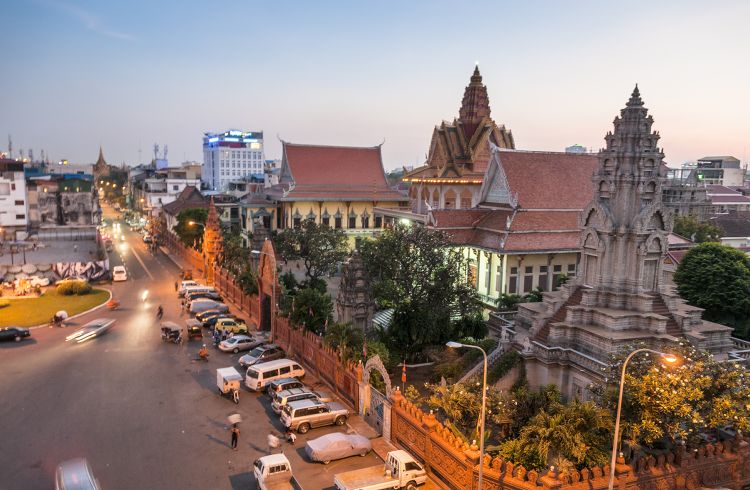
No Comments